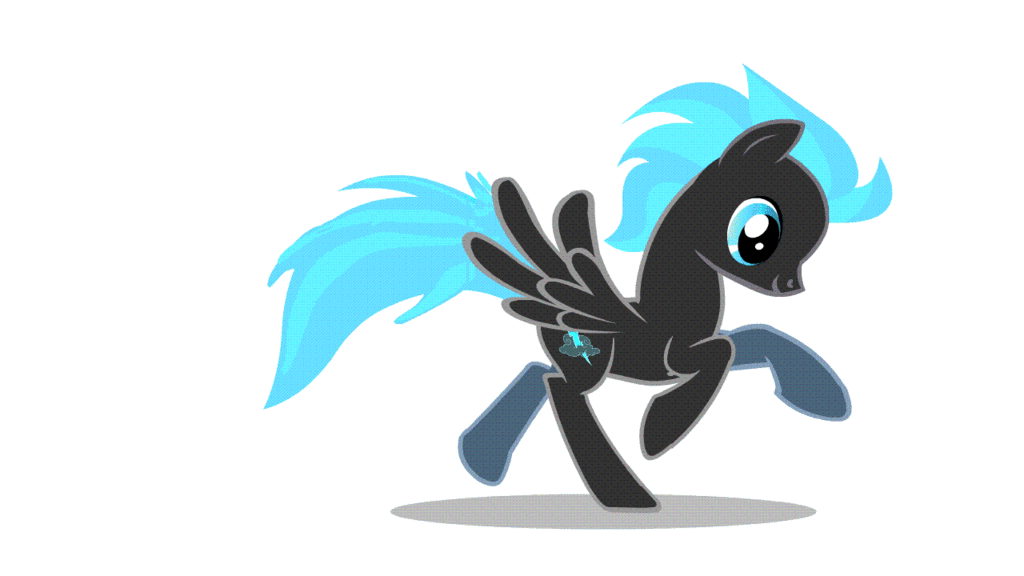
Pegasus
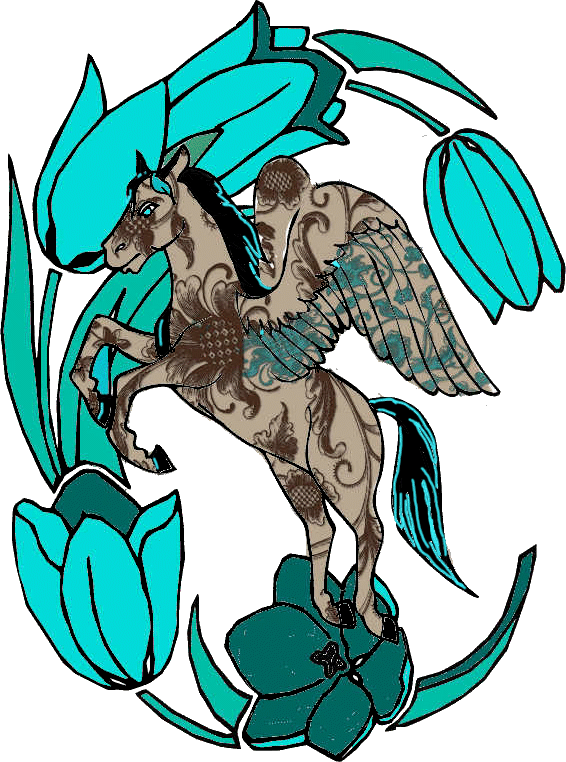
Pegasus:
(Greek: Πήγασος, Pḗgasos; Latin: Pegasus, Pegasos) is a mythical winged divine stallion, and one of the most recognized creatures in Greek mythology.
Usually depicted as pure white, Pegasus is a child of the Olympian god Poseidon. He was foaled by the Gorgon Medusa[1] upon her death, when the hero Perseus decapitated her. Pegasus is the brother of Chrysaor and the uncle of Geryon.

Bellerophon riding Pegasus (1914)

Silver Denarius of Domitian with Pegasus on the reverse. Dated 79-80 AD.
Greco-Roman poets wrote about the ascent of Pegasus to heaven after his birth, and his subsequent obeisance to Zeus, king of the gods, who instructed him to bring lightning and thunder from Olympus. Friend of the Muses, Pegasus created Hippocrene, the fountain on Mt. Helicon.
S
Pegasus was caught by the Greek hero Bellerophon, near the fountain Peirene, with the help of Athena and Poseidon. Pegasus allowed Bellerophon to ride him in order to defeat the monstrous Chimera, which led to many other exploits. Bellerophon later fell from the winged horse's back while trying to reach Mount Olympus. Afterwards, Zeus transformed Pegasus into the eponymous constellation.

Pegasus, as the horse of Muses, on the roof of Poznań Opera House (Max Littmann, 1910)
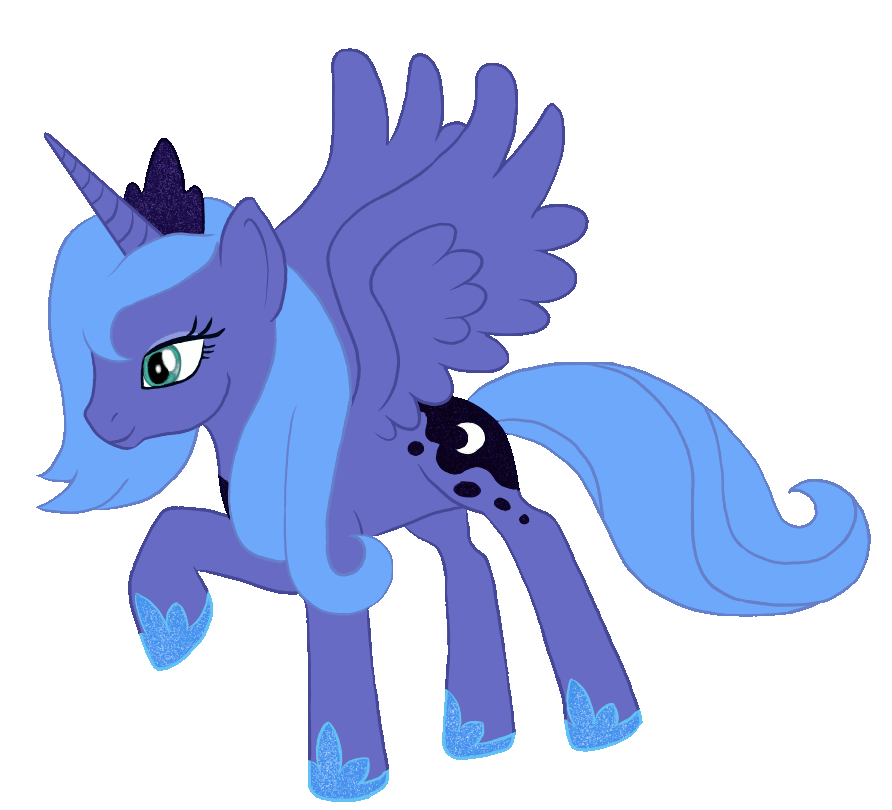


Bronze figurine (Greece, 6th century BC)
Pegasus is the subject of a very rich iconography, especially throughout ancient Greek pottery and paintings and sculptures of the Renaissance. Hypotheses have been proposed regarding the relationship between Pegasus and the Muses, the gods Athena, Poseidon, Zeus, Apollo, and the hero Perseus.
The symbolism of Pegasus varies with time. Symbolic of wisdom and fame from the Middle Ages until the Renaissance, Pegasus became associated with poetry around the 19th century, as the fountainhead of sources from which the poets gained their inspiration.V
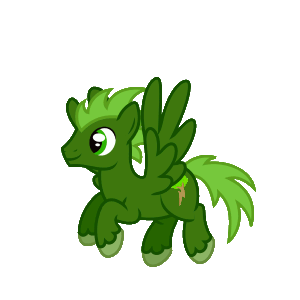


Pegasus, Athenian red-figure kylix C6th B.C., Museum of Fine Arts Boston
There are several versions of the birth of the winged stallion and his brother Chrysaor in the far distant place at the edge of Earth, Hesiod's "springs of Oceanus, which encircles the inhabited earth, where Perseus found Medusa:
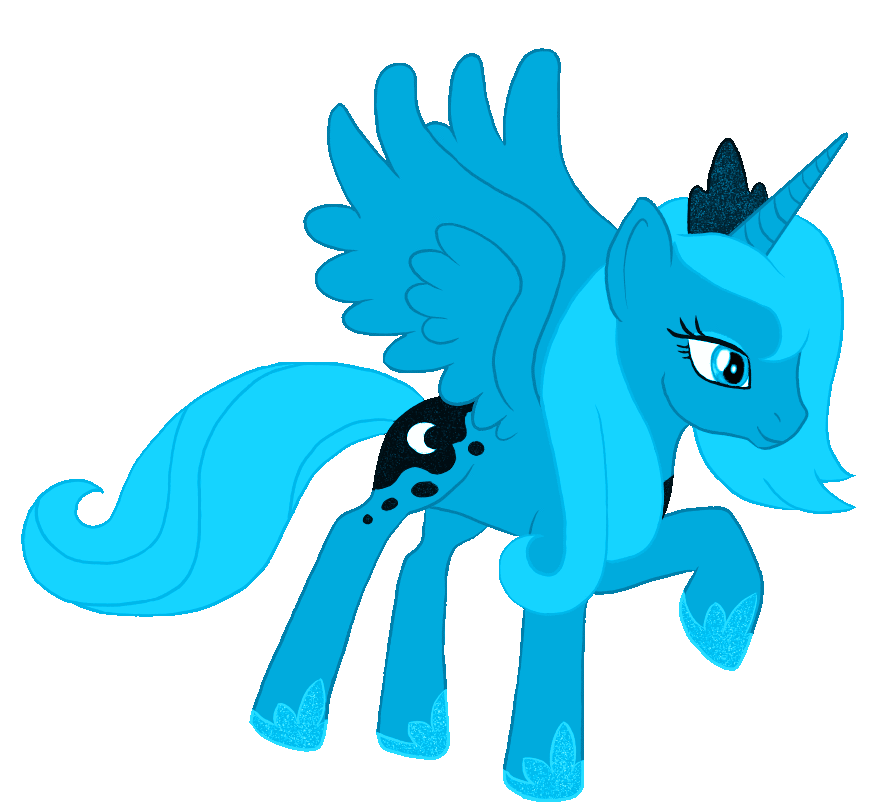
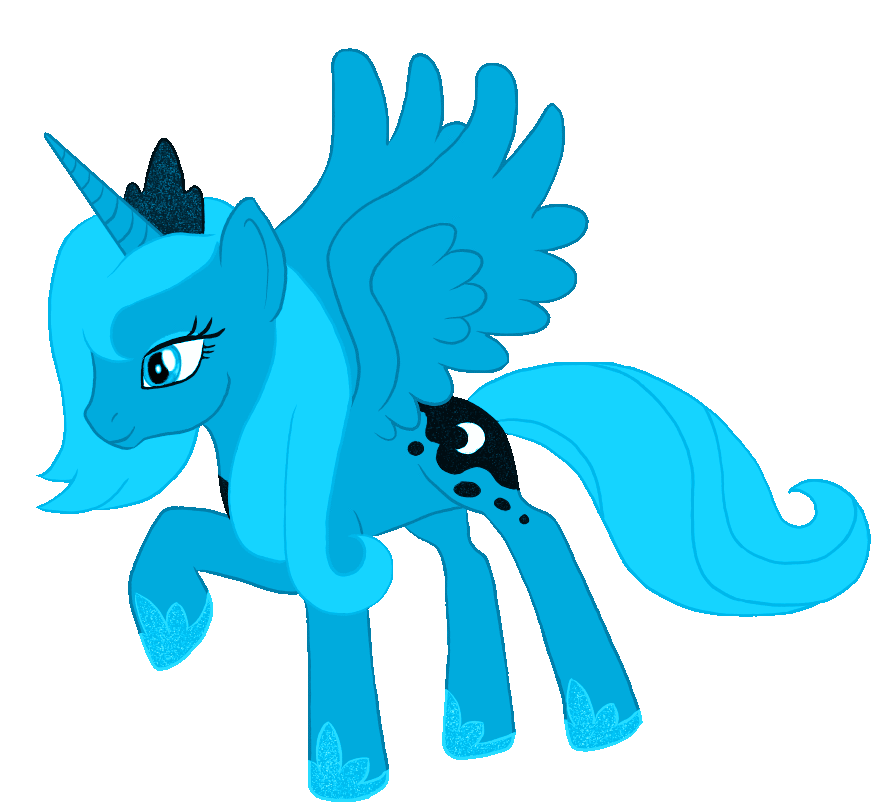

DETAILS
Museum CollectionMusée du Louvre, Paris
Catalogue No.Louvre Ca2588
Beazley Archive No.352011
WareAttic Black Figure (White Ground)
ShapePyxis
PainterAttributed to Compare to Haimon Painter
Dateca 525 - 475 B.C.
PeriodArchaic

Mural of the winged horse Pegasus, Turkey.
Image courtesy of Corel corporation.
One is that they sprang from the blood issuing from Medusa's neck as Perseus was beheading her,[8] similar to the manner in which Athena was born from the head of Zeus.
In another version, when Perseus beheaded Medusa, they were born of the Earth, fed by the Gorgon's blood. A variation of this story holds that they were formed from the mingling of Medusa's blood, pain and sea foam, implying that Poseidon had involvement in their making.

Bellerophon, Pegasus and the Chimera, Laconian black-figure kylix C6th B.C., The J. Paul Getty Museum

DETAILS
Museum CollectionTampa Museum of Art, Tampa
Catalogue No.Tampa 86.104
Beazley Archive No.N/A
WareApulian Red Figure
ShapeKrater, Bell Fragment
Dateca 360 - 350 B.C.
PeriodLate Classical
The last version bears resemblance to Hesiod's account of the birth of Aphrodite from the foam created when Uranus's severed genitals were cast into the sea by Cronus.
